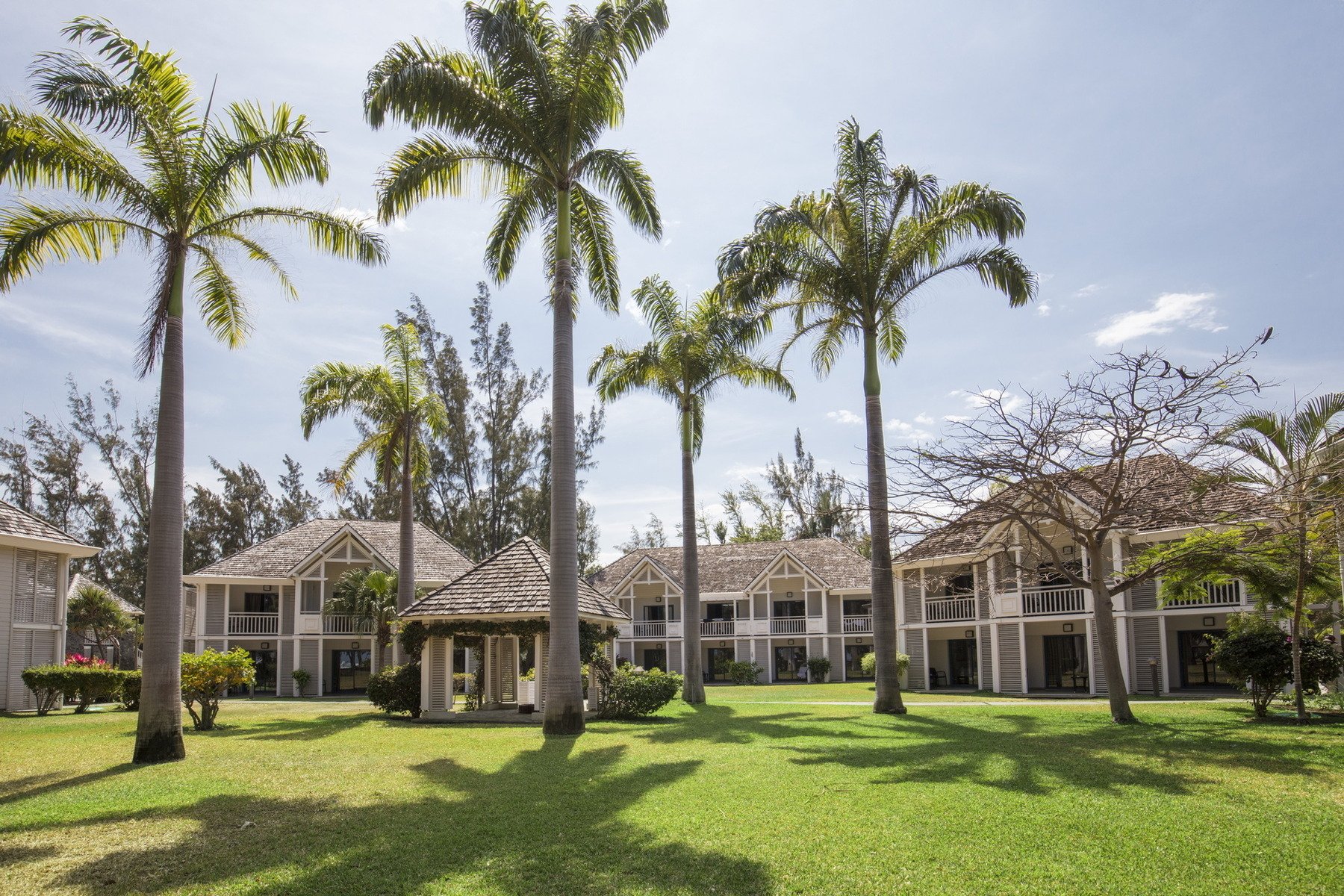The Indian Ocean, home to the Maldives, Seychelles, Sri Lanka, Mauritius and Reunion Island houses diverse islands full of unique experience. Depending on the season, travellers can explore a dreamy beach escape to the Maldives, a luxurious island hopping excursion in the Seychelles, a cultural journey in Sri Lanka or exploring volcanic rock in Reunion Island! Below is our guide to seasonality in the Indian Ocean.
Maldives: The Iconic Luxury Beach Destination
Renowned for crystal clear waters, astonishing marine life, iconic overwater villas, the Maldives is the epitome of a tropical paradise. The most popular time to travel to the Maldives is December to April during the dry season for guaranteed warm, sunny beach days.
However, traveling during the shoulder season from November to early December or the off season from May until October, offers unbeatable prices and fewer crowds. Weather can be slightly more unsettled during this time due to the monsoon shift, but guests can still expect lovely warm temperatures and ideal conditions for surfing and kite surfing during this time.
Regional Variance: The southern atolls receive more rainfall during the southwest monsoon season, whereas the northern atolls can expect drier conditions during the northeast monsoon season. The central atolls experience a bit of both.
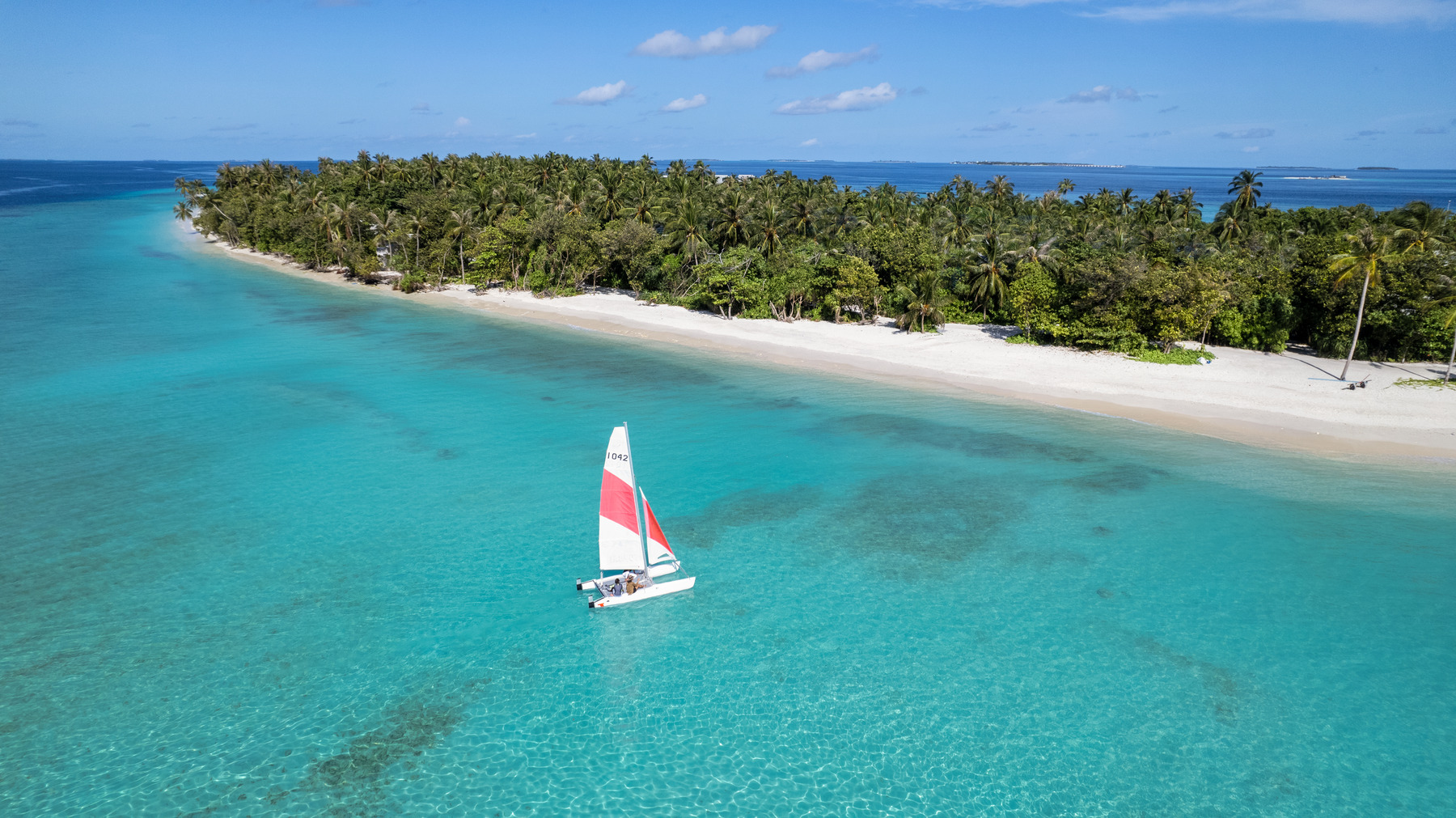
Seychelles: Island Hopping Heaven
With its lush forests, white-sand beaches, and turquoise waters, the Seychelles offers an idyllic tropical escape. The best time to visit is during the transitional months of April, May, October, and November, when the seas are calm, the weather is cooler, and visibility for snorkeling and diving is at its peak. The humidity is also lower, making these months ideal for outdoor activities.
The Seychelles, known for its iconic rock formation, white sandy beaches and lush wildlife, is another unbelievable paradise. Weather wise the best time to visit ranges from April, May, October and November, when guests can expect calmer seas, cooler temperatures, less humidity and high visibility when snorkeling and diving.
Southeast tradewinds, present from June until September, produce cooler drier weather, but potentially rough seas especially on the southern side of Praslin. Northwest trade winds, present from December to February, offer warmer, more humid conditions with a higher probability of rainfall. These months are still pleasant for travel, but travellers should be aware of the occasional shower.
Seasonality in the Seychelles brings exciting wildlife like whale watching from June through November, bird migrations from October to April and lush forests, greenery and Ironwood tree blooms from November to March (due to higher rainfall).
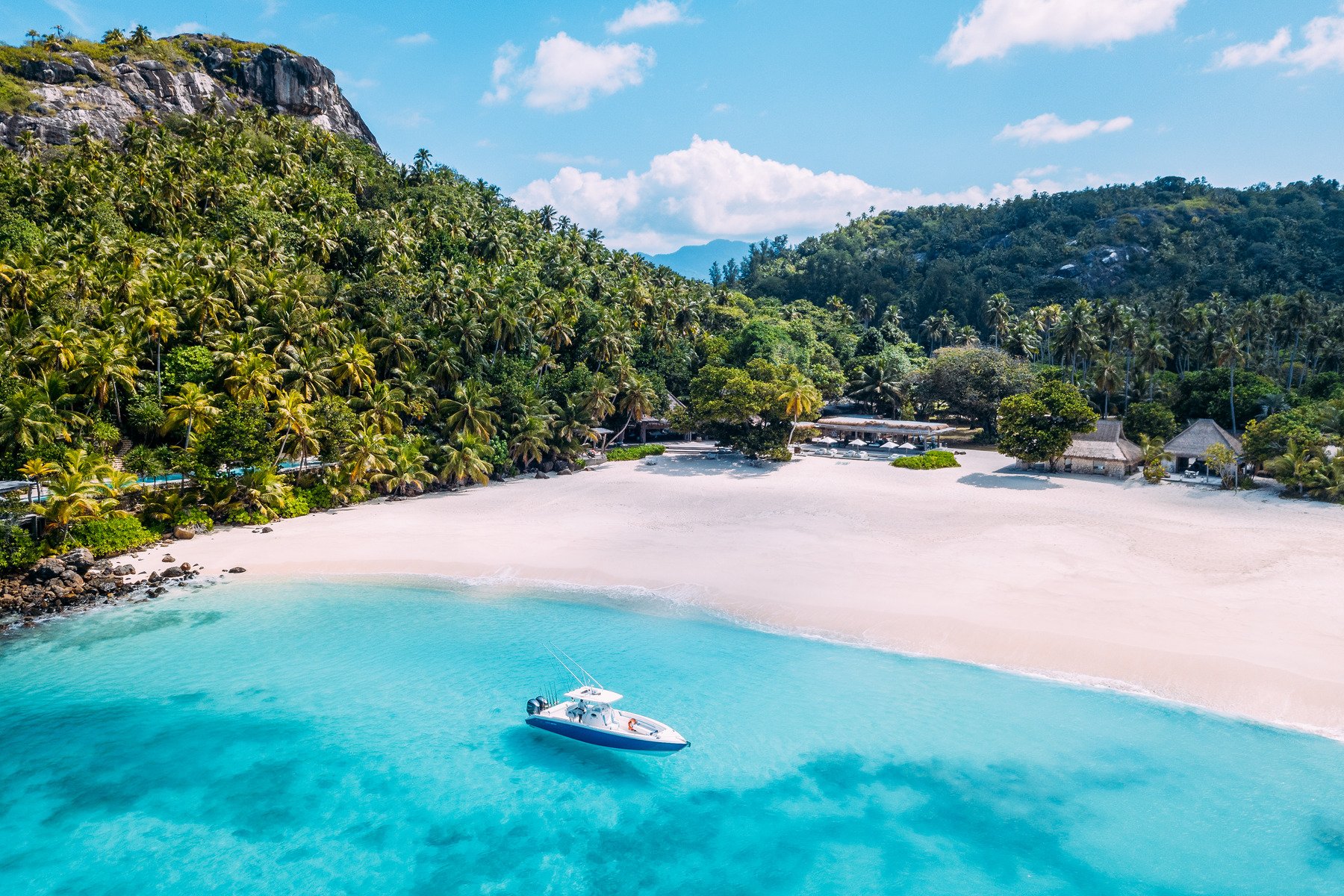
Sri Lanka: Rich in Culture, Nature, and History
Sri Lanka is full of culture, beautiful beaches and rich, exotic wildlife. Due to its unique geography the country experiences varying weather patterns, but if planned correctly can still be enjoyed as a year round holiday.
-
Best Time to Visit: Peak season runs from December to April, offering dry, sunny weather and the best time to explore cultural sites or take a walk along the beach and enjoy Sri Lanka’s natural beauty.
-
Shoulder Season: From May to September, the north and east coasts are ideal for visits, with dry conditions perfect for sightseeing and beach activities.
-
Off-Season: October and November are the wettest months across the island, so travel during this time is not advised.
Regional Variation: The southwest coast (including Colombo and Galle) is best from December to April, while the east coast (such as Trincomalee and Arugam Bay) is ideal from May to September.
Arugam Bay on the east coast offers the best conditions for surfing from May to October, while the southwest coast near Hikkaduwa is prime for surfing from November to April.
Wildlife: Yala National park is the ideal spot for wildlife enthusiasts to see leopards from February to June and elephant migration from July to August in Minneriya National Park.
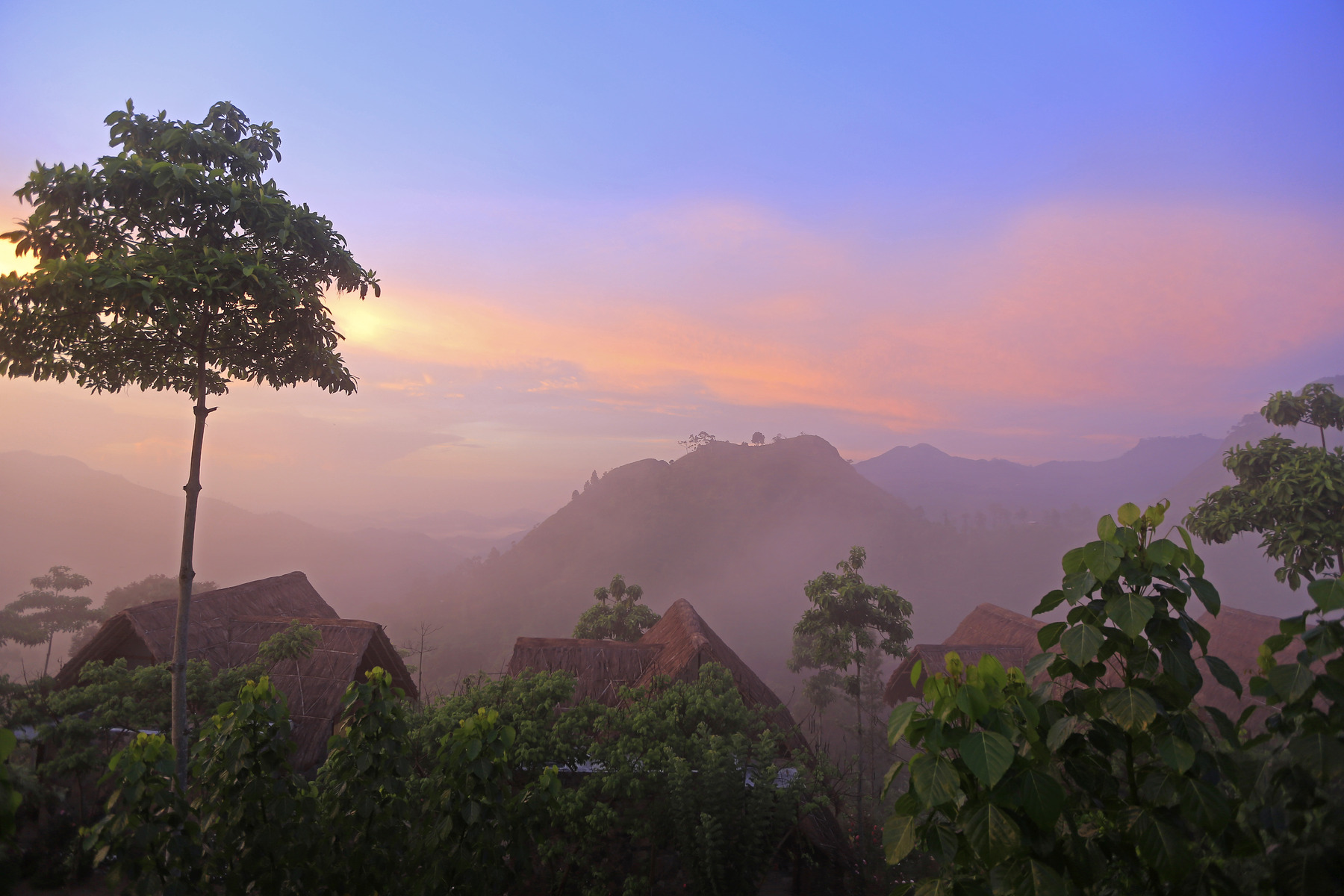
Mauritius: A Golfer’s Paradise and Family-Friendly Destination
Mauritius, a tropical paradise famous for its beaches, mountains, and golf resorts, has two main seasons: the wet and warm summer from November to April and the cooler and drier winter from May to October.
-
Best Time to Visit: November to April is the warm season, ideal for exploring Mauritius’ beaches, enjoying water sports, and golfing. This is when the island is busiest, particularly around the Christmas and New Year holidays.
-
Shoulder Season: May to October offers cooler, drier weather, making it an excellent time for hiking, diving, and sightseeing. The east coast can be windy during this period.
-
Off-Season: January to March is cyclone season, and although the risk of cyclones isn’t always high, it’s better to avoid travel during this time if you want to avoid unpredictable weather.
Activities: Mauritius is a great destination for family vacations with its beaches and safe waters for swimming, and it’s also a golfer’s paradise with many world-class golf courses. The cooler months (May to October) are perfect for hiking and exploring the island’s mountains.
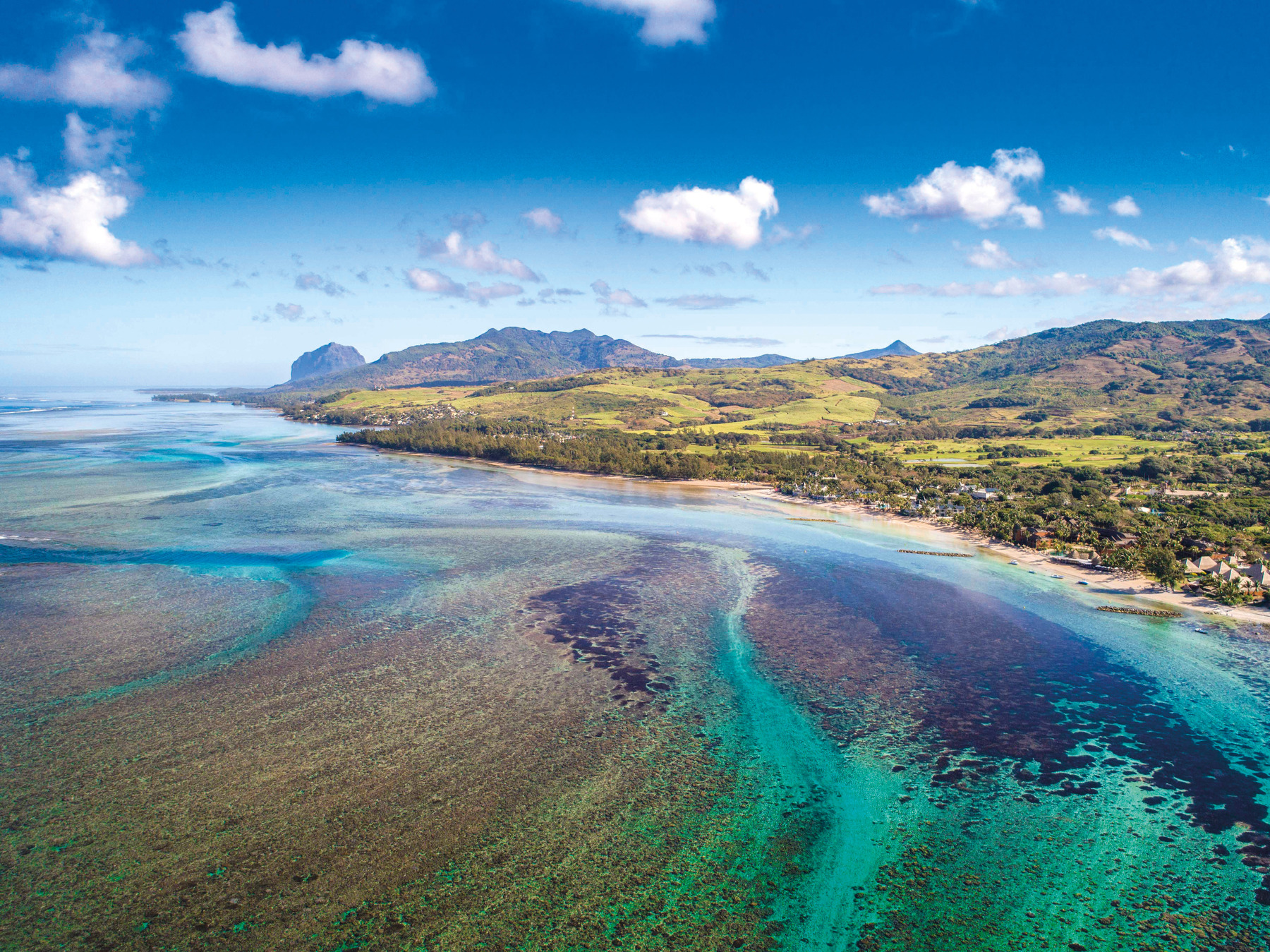
Reunion Island: A Hiker’s Paradise and Amazing Driving Roads
Reunion Island, with its dramatic volcanic landscapes, rugged mountains, and diverse ecosystems, is a mecca for adventure seekers. It enjoys a tropical climate with distinct seasons.
-
Best Time to Visit: May to October is the dry season and the best time for hiking, exploring volcanoes, and enjoying the island’s varied landscapes. The weather is cooler and more comfortable for outdoor activities, making it perfect for hiking and canyoning.
-
Off-Season: The summer months from November to April are warmer and bring a higher chance of tropical storms and cyclones, particularly from January to March.
Regional Variation: The east side of the island tends to be cloudier and wetter, while the west and south are drier and sunnier. The diverse terrain of the island also creates a variety of microclimates, so be prepared for rapid weather changes depending on where you are.
Activities: Reunion is a hiker’s dream, offering challenging trails through volcanic landscapes and rainforests. The southwestern coast near Le Morne is also excellent for windsurfing and kitesurfing from April to October.
